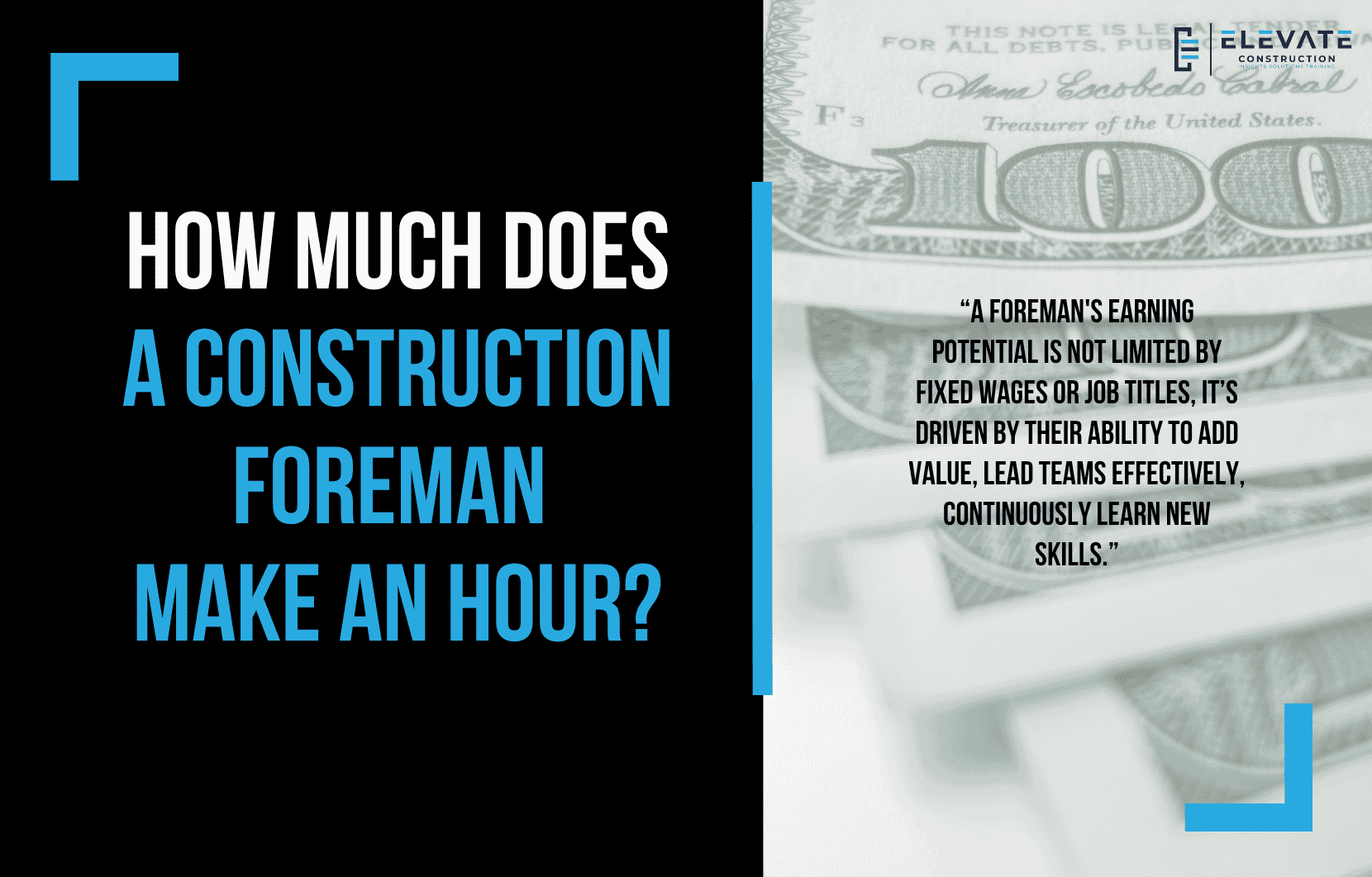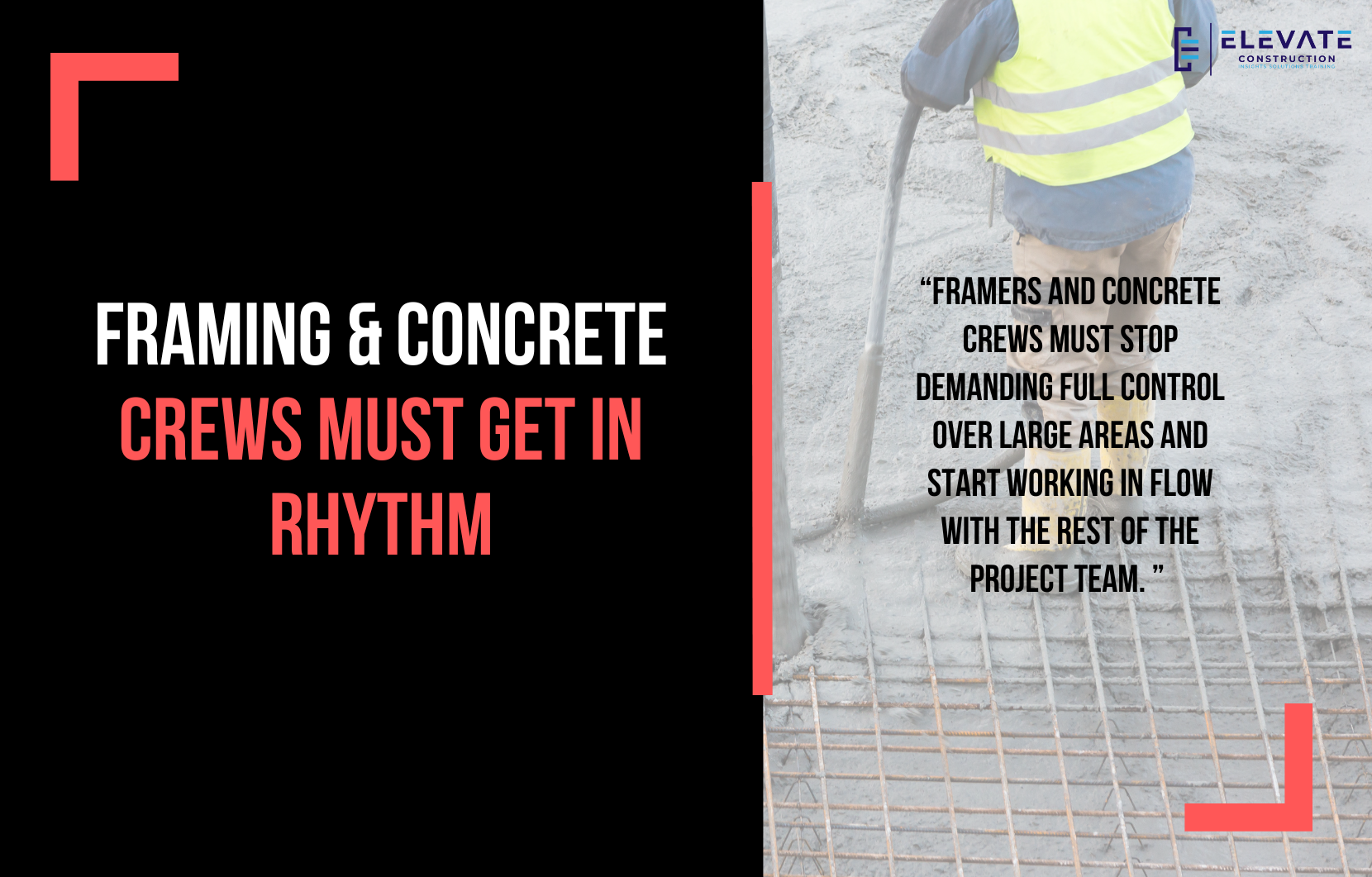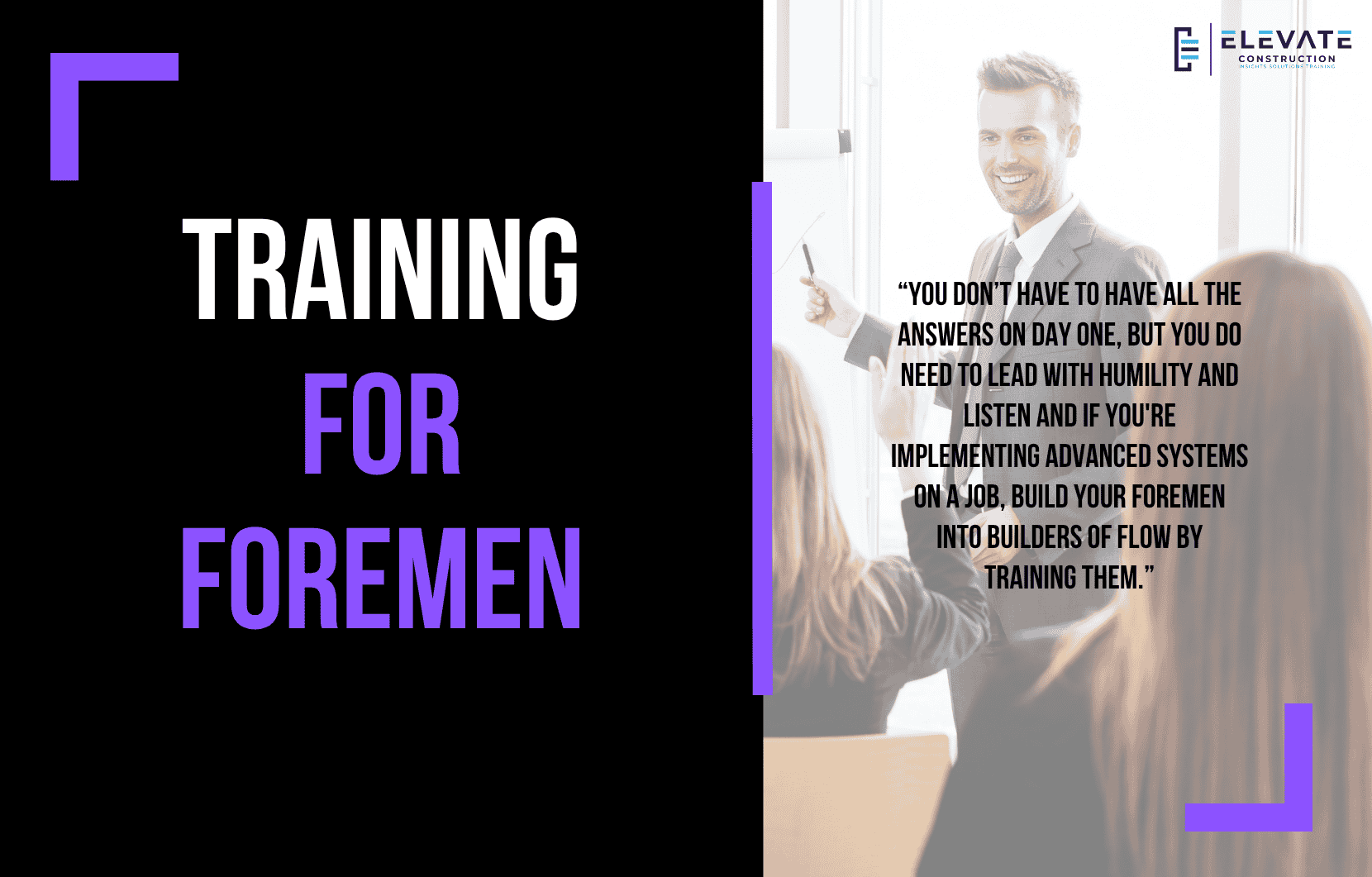How Much Does a Foreman Make Per Hour? (It’s More Than You Think!)
Welcome to this blog where we’ll discuss a topic that many people are curious about: How much does a foreman make per hour?
Now, I’m not going to focus on specific pay ranges in this blog. I’ve seen foremen make anywhere from $35 per hour all the way up to $95 per hour which sounds crazy, but it’s true. Of course, pay depends on factors like location, company type (trade partner or GC), industry sector (industrial or commercial), project size, and your level of experience.
If you’re in regions like the West Coast or East Coast of the U.S., you might expect to be in the $45-$55 per hour range or higher. I’ll share a few stories and address misconceptions that will help you understand the earning potential and career path of a foreman.
Common Misconceptions About Foreman Roles
- Foremen Just Do What They’re Told:
This is completely wrong. Foremen are leaders, planners, and critical thinkers. They are known as “Last Planners” not because they’re last in importance but because they are the final decision-makers who directly affect project outcomes. The success or failure of a project often hinges on the foreman’s capability.
- Foreman Wages Are Fixed by Company Policy:
Not true. High-performing foremen can negotiate better pay. I’ve seen foremen get flown across the country, fly business class, and get top-tier wages and benefits because they bring value. Your wage is often a reflection of your performance and the value you add.
- All Foremen Are Paid the Same:
Absolutely false. Foremen are paid based on performance, leadership skills, and the complexity of projects they handle. Some foremen even earn more than salaried positions like project engineers or assistant superintendents.
How to Find Out Your Foreman Pay Range:
If you’re curious about pay ranges, here’s a quick tip:
Use ChatGPT to get accurate and specific information. Just type in a prompt like:
“I want to become a foreman for [company] in [location] with [X years] of experience. What is the typical hourly rate for this role?”
ChatGPT will give you the data instantly, tailored to your situation.
How to Negotiate a Better Foreman Salary (Without Switching Companies):
The key to earning more without job-hopping is simple:
- Add value.
- Learn new skills.
- Become indispensable.
Develop skills like:
- Advanced scheduling.
- Lean construction methods.
- People management and leadership.
- Effective communication (both verbal and written).
- Organization and planning.
If your company still doesn’t recognize your worth after all this, you may have to consider moving to another company. Unfortunately, in some cases, that’s the only way to get the pay you deserve.
Fast-Track to Superintendent Roles: Key Foreman Skills
If you want to move up quickly, focus on:
- People skills.
- Organization & task management.
- Reading drawings fluently.
- Professional conduct & appearance.
- Influence and leadership presence.
The best foremen are well-rounded leaders, not just taskmasters. They know how to manage workflow, influence teams, and stay organized under pressure.
Should You Focus on Bigger Crews or Better Workflow?
The harsh reality is that bigger crews and larger projects often come with higher paychecks. But that doesn’t mean smaller crews with better flow aren’t valuable. However, the industry tends to pay more for scale. So, if you want to increase your earnings, moving to larger, more complex projects can help.
The Foreman Role is an Amazing Career Path:
I’m honestly jealous of foremen. They get to lead crews, solve problems on the ground, and make things happen. If you think you need to climb the “corporate ladder” into salaried positions to find success, think again. A foreman can have a fulfilling, high-paying career by continuously learning and improving.
Key Tips for Foreman Success:
- Never stop learning.
- Study Lean Construction, VDC, sustainability, field engineering, scheduling, and project management.
- Sharpen your people skills with books like How to Win Friends and Influence People.
- Stay curious and look for ways to improve processes and workflows.
- Focus on working smarter, not harder, to protect your health and longevity in the field.
Final Thoughts:
If you’re asking whether being a foreman is worth it, my answer is: Absolutely, yes. You can make a ton of money, build an amazing career, and enjoy the process. Focus on adding value, improving your skills, and becoming irreplaceable. The money will follow.
If you want to learn more we have:
-Takt Virtual Training: (Click here)
-Check out our Youtube channel for more info: (Click here)
-Listen to the Elevate Construction podcast: (Click here)
-Check out our training programs and certifications: (Click here)
-The Takt Book: (Click here)
Discover Jason’s Expertise:
Meet Jason Schroeder, the driving force behind Elevate Construction IST. As the company’s owner and principal consultant, he’s dedicated to taking construction to new heights. With a wealth of industry experience, he’s crafted the Field Engineer Boot Camp and Superintendent Boot Camp – intensive training programs engineered to cultivate top-tier leaders capable of steering their teams towards success. Jason’s vision? To expand his training initiatives across the nation, empowering construction firms to soar to unprecedented levels of excellence.
On we go











